Bullmastiff vs Doberman: Comparing Dog Breeds
Both the Bullmastiff and the Doberman are known for their menacing looks and formidable temperaments. Placing either one of them as guard dogs will surely discourage any potential intruder from breaking into your home.
Putting aside their common role as home protectors, these two breeds are far more unique than we know. Their differences in looks, needs, and temperaments make them a perfect match for various types of families. If you are planning to adopt another dog, know which breed suits you best.
Table of Contents
Breed Origins
Bullmastiff
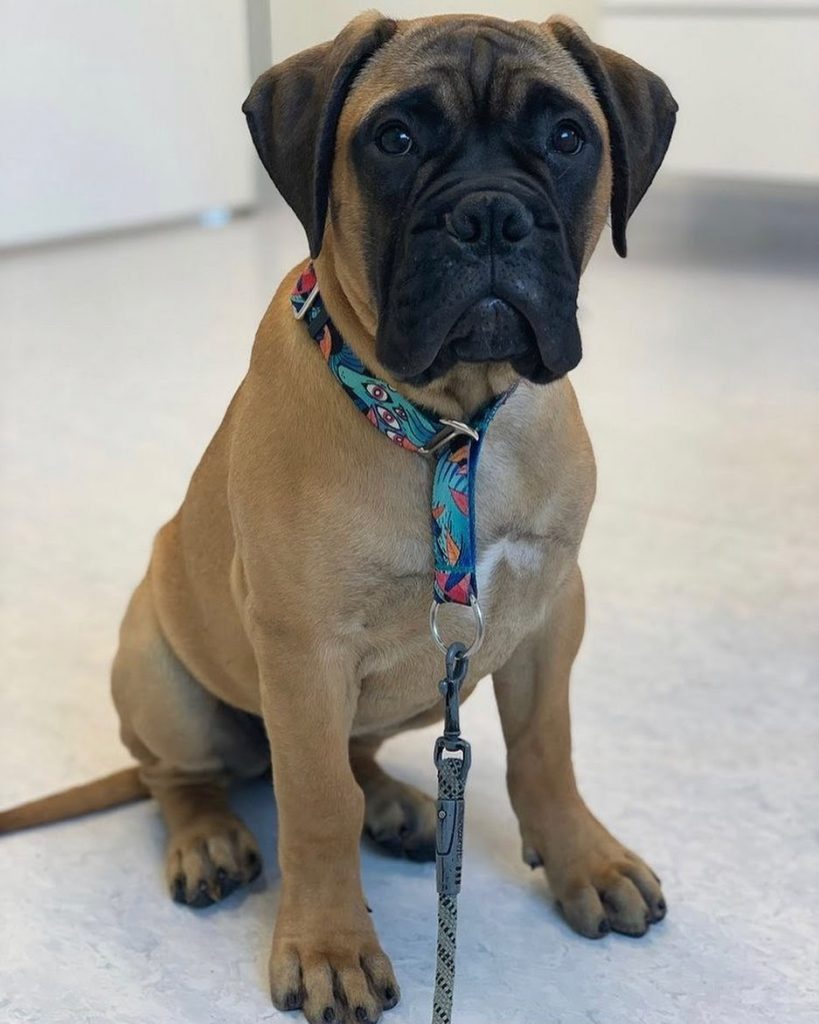

The Bullmastiff, who came from the United Kingdom in the mid-19th century, is a combination of the gentle yet massive Mastiff and the ferocious Bulldog. English gamekeepers were looking for the best companion to help them in catching poachers who constantly scout private properties to steal the prized animals of landowners.
Since they do patrols at night, dark brindle Bullmastiffs were heavily preferred. He has the right size to take down trespassers and enough aggression to pursue. This canine will stalk its target quietly and pounce at the person without mauling him. Waiting for the owners is what he’ll do next and let them handle the rest once they arrive.
The popularity of poaching waned, later on. Thankfully, the Bullmastiff didn’t start fading off as a breed either. It developed more until the Mastiff’s mask appeared and the fawn coat became an addition to its possible natural color.
Doberman
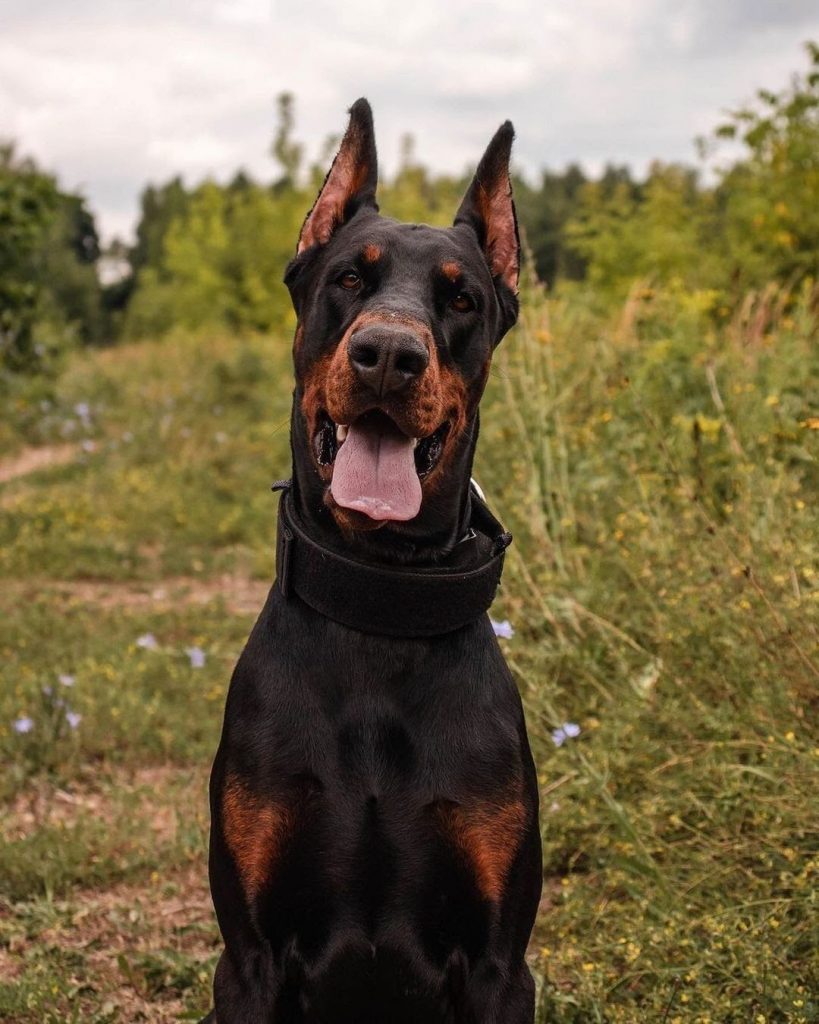

During the 19th century, a man named Louis Dobermann of Germany frequently did his rounds around the town of Apolda as a tax collector. Such a job was considered dangerous since bandits could attack and steal the money.
This led him to decide that he needed a dependable dog who can protect him while he does his day’s work. Since he was also a dogcatcher, he always brought with him a dog. But, later on, he began breeding dogs which resulted in the early Doberman Pinscher.
Currently, it is still unknown what dog breeds he used in the creation of the Doberman breed. Speculations suggest that he mixed the Rottweiler, Tan Terrier, German Pinscher, and Great Dane. When Dobermann died, the combination of breeds he went for went with him in his grave. But, to give honor to his efforts, the canine he developed was named after him.
Several events occurred, later on, and the Doberman was continuously improved until the word Pinscher from the breed name was dropped.
Size, Appearance, & Coloring
Bullmastiff
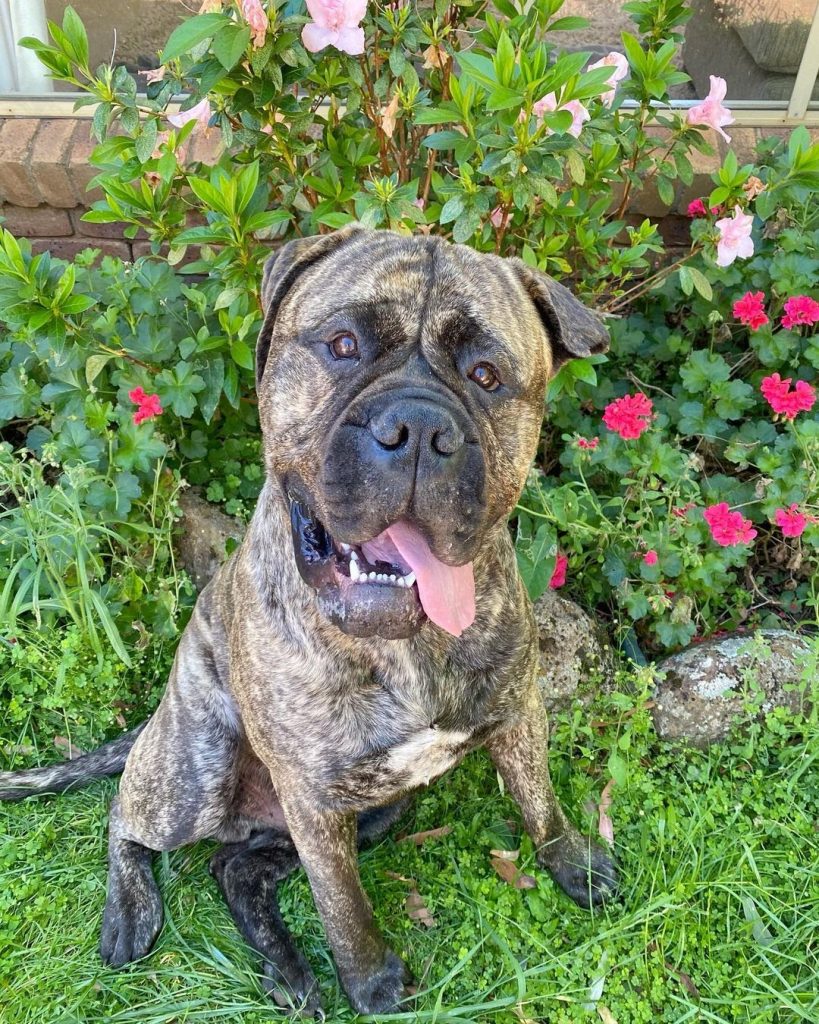

There is an ideal set of measurements set by the American Kennel Club for all Bullmastiffs. They generally have to be 24-27 inches tall and 100-130 pounds heavy. Anything that exceeds the expectations is highly discouraged by breeders.
Just like the other dogs who have shorter muzzles, the Bullmastiff is a brachycephalic breed. Thankfully, he doesn’t commonly experience breathing problems. He is large, athletic in looks, and intimidating. In his best state, his body shouldn’t be too lean or too fat. His neck down to his chest should display an impression of power and fitness. His tail isn’t extremely long nor unusually short. What he shouldn’t lose in appearance is his black mask since this is its hallmark.
Fawn, red, and brindle are, by so far, the only recognized color coating for the Bullmastiff dog.
Doberman
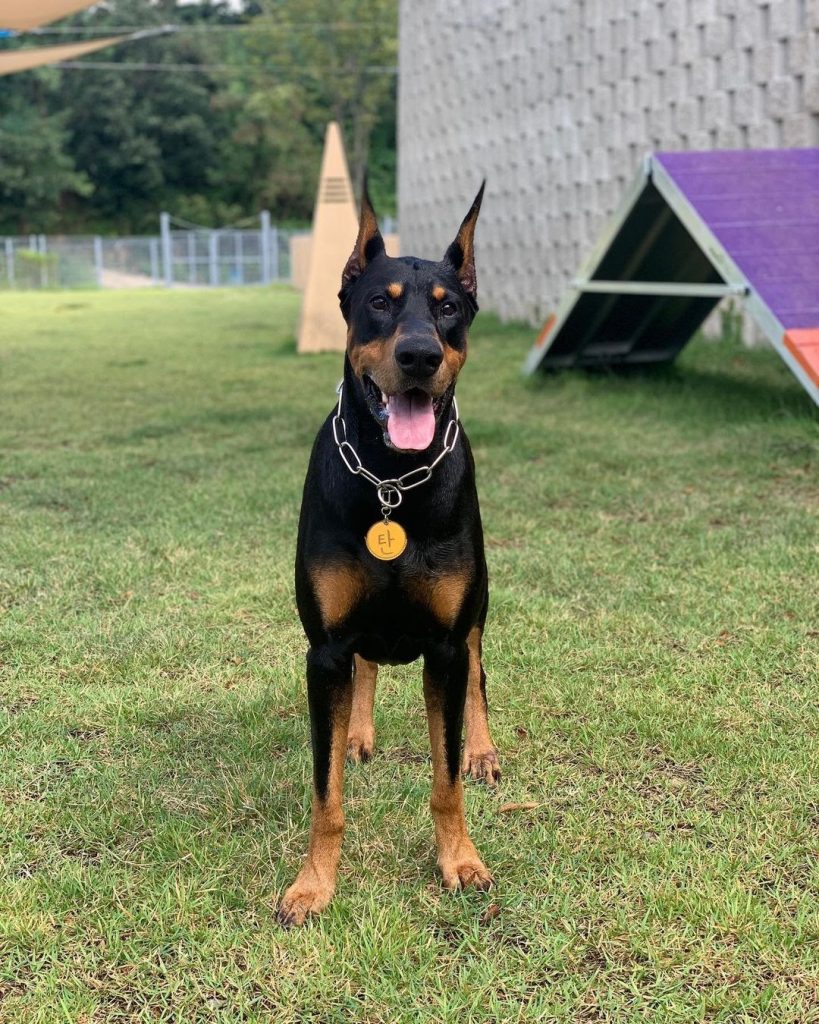

The Doberman is fast, compact, and powerful. The dog can reach 24-28 inches and weigh about 60-100 pounds. Females are usually shorter and smaller, nevertheless, the breed is considered medium-large. He has a long head and a muscular body covered by a sleek and shiny short coat which can be in various colors like:
- Black
- White
- Fawn
- Blue
- Red
He has rust-colored markings on areas like the tail, face, and body which complete the look. Often, you’d see Dobermans with their ears cropped and tails docked. Before, this was mainly encouraged for protection and practicality, but now it was mainly done due to preference. These features add up a more menacing aura due to the alert look of the ears and the impossibility of determining the mood through its tail.
Temperament
Bullmastiff
Naturally protective, affectionate, and loyal are three words to describe the Bullmastiff. This is why many families have fallen in love with this breed. Despite his tough look, he instantly becomes a softie when his owner’s kids decide to play with him.
Take note, this is not the friendliest breed, especially if he doesn’t know you. A trained Bullmastiff will not attack strangers, but showing suspicious movements he’ll perceive as threatening will drastically change his temperament. Expect for the worst if his territory is being trespassed or his loved one’s safety is at risk.
Socialize him early on if you want him to get along with other dogs or pets like cats. Although aggression toward his same-sex runs on his blood, this can be softened down by intensive exposure and training.
Doberman
True to its athletic look, the Doberman will do best with an active owner. He’s also intelligent and excited about challenging tasks making training a much easier activity. Along with this desirable quality, you’ll also get to have a canine who’s loyal, fun, and loving. He has an incredible attachment to owners and protecting them is innate.
Often, this dog should never be left without anything to do. Keep him happy by giving him certain things to be preoccupied with. Keep the drills interesting and new to maximize his learning potential. Also, he’d need loads of socialization as a puppy. This will help him form meaningful bonds and have fewer conflicts in the future.
Exercise Needs
Bullmastiff
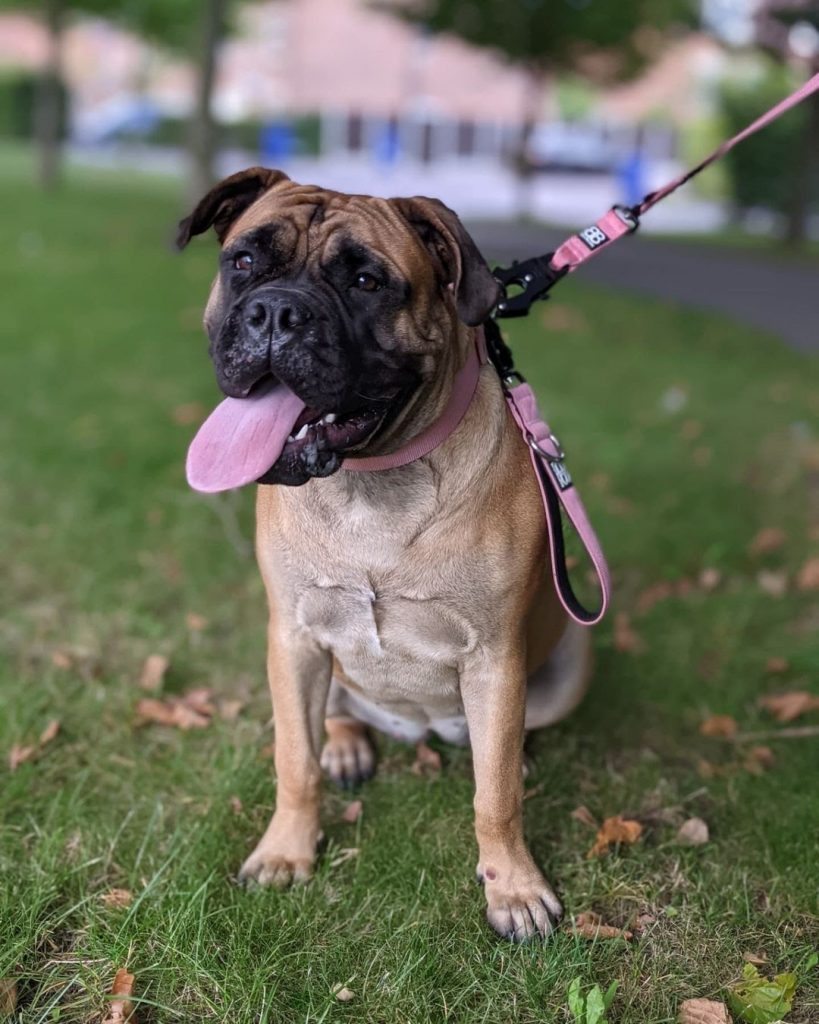

His muscular look doesn’t mean that he’d need lots of time for his exercise phase. The Bullmastiff’s energy level is quite low and he tends to prefer to lay on his dog bed. However, exercise contributes a lot to a dog’s health so mentally and physically stimulating him will ward off various health problems. Bring him out for a walk or let him play with other dogs, supervised, of course, or simply let him navigate the yard on his own.
Two hours of any sort of challenging activity will keep him happy during the day and well-rested at night.
Doberman
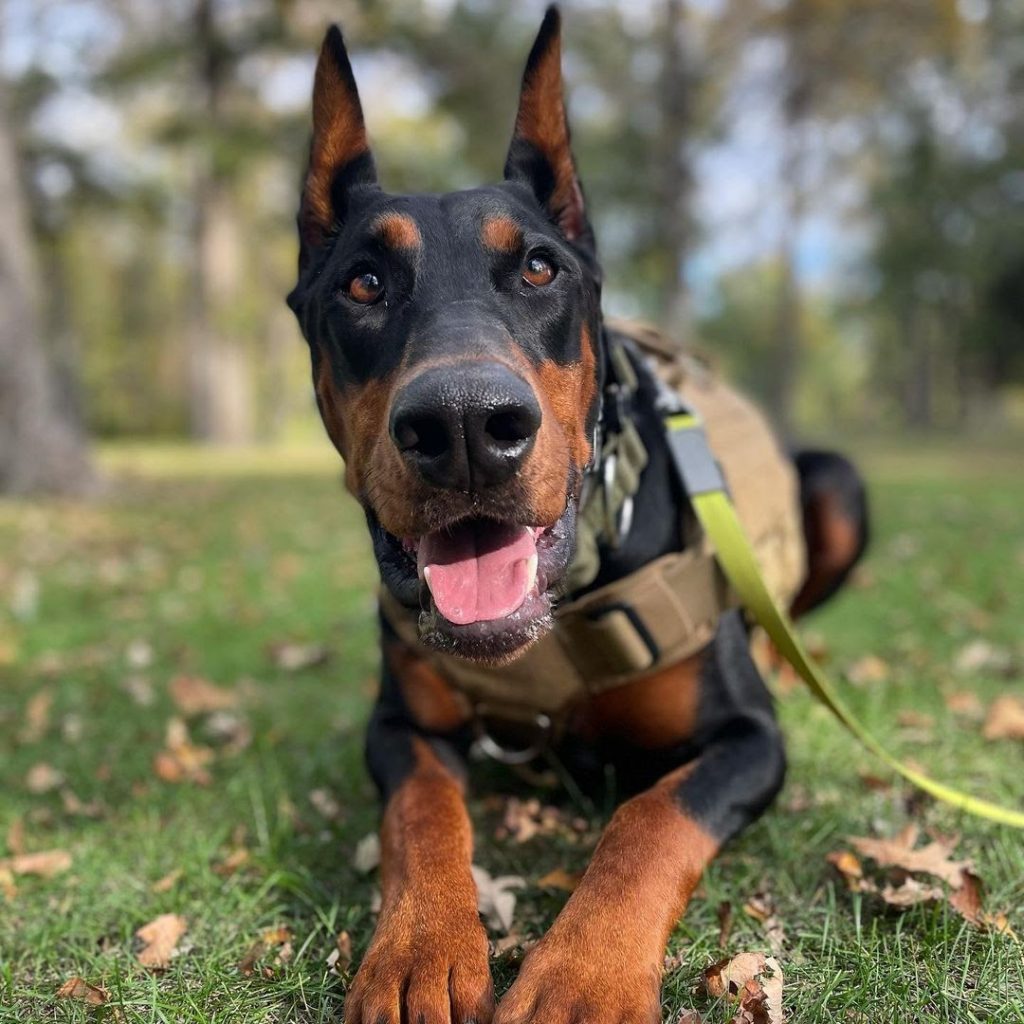

For those who are up to the job, spending more than 2 hours of exercise for their Doberman won’t be too overwhelming. This dog has very high levels of energy and indulging him in arduous physical drills for at least an hour daily will be good both for his overall health.
If he likes to play in the water, bring him to a pool so he can show off his swimming skills. Let him play in a fenced yard too with toys he’d preferably use.
Grooming Requirements
Bullmastiff
Although the Bullmastiff doesn’t shed heavily, regular baths and brushing are still vital to remove any loose hairs. Doing so will also improve the quality of both his skin and hair giving him an overall appearance of a lustrous and vibrant coat. If his activity level and lifestyle often include playing in the dirt, wash him right away. However, if he likes to be clean, an interval of 2 to 6 weeks for his bath is preferred.
All other routine grooming such as checking his nails, teeth, ears, and any other areas prone to infection is essential.
Doberman
Thanks to his minimal shedding, taking care of his coat won’t be a heavy job. He doesn’t have much doggy odor as well so baths can be done every 6 to 8 weeks. Although brushing isn’t essentially done often, your Doberman will appreciate feeling it run down throughout his body once in a while. The rest of the free time you have can be spent training him as a puppy.
Health Problems
Bullmastiff
With the right commitment to taking care of the Bullmastiff, he can dodge several health problems. Unfortunately, some diseases are too persistent which could still put him in a vulnerable spot. These could include:
- Gastric torsion
- Osteosarcoma
- Mast cell tumors
- Hip dysplasia
Doberman
Dobermans are healthy dogs if they came from reputable breeders. Still, acquiring certain medical conditions is a possibility. The common ones this breed usually suffers from are:
- Wobblers syndrome
- Demodicosis
- Cardiomyopathy
- Von Willebrand’s disease
Breed Popularity
The American Kennel Club’s breed popularity ranking currently puts the following breeds in their respective orders out of 200 dog breeds:
Bullmastiff: 51st
Doberman: 17th
Which Dog Should You Get?
Bullmastiffs are best suited for owners who are laid-back yet responsible. Meanwhile, Dobermans would require a lot especially in their need for exercise. There is a slight difference in temperament, more so when both dogs are being trained. However, the contrast doesn’t make the other dog better than the other.
Evaluate your lifestyle and the needs your preferred breed would demand. Doing so will help you see if you are the right owner!
